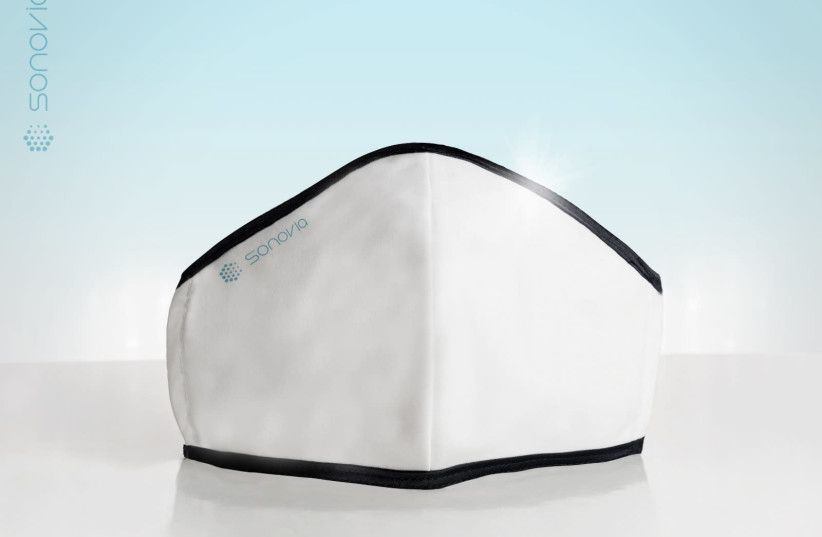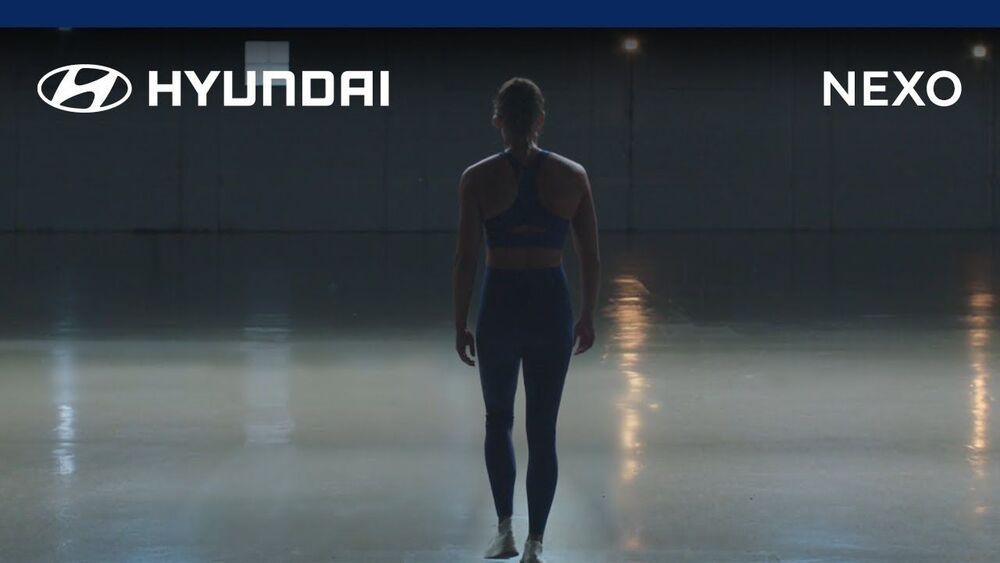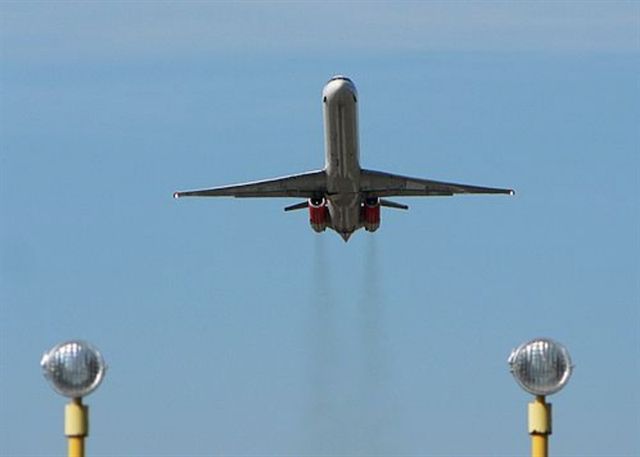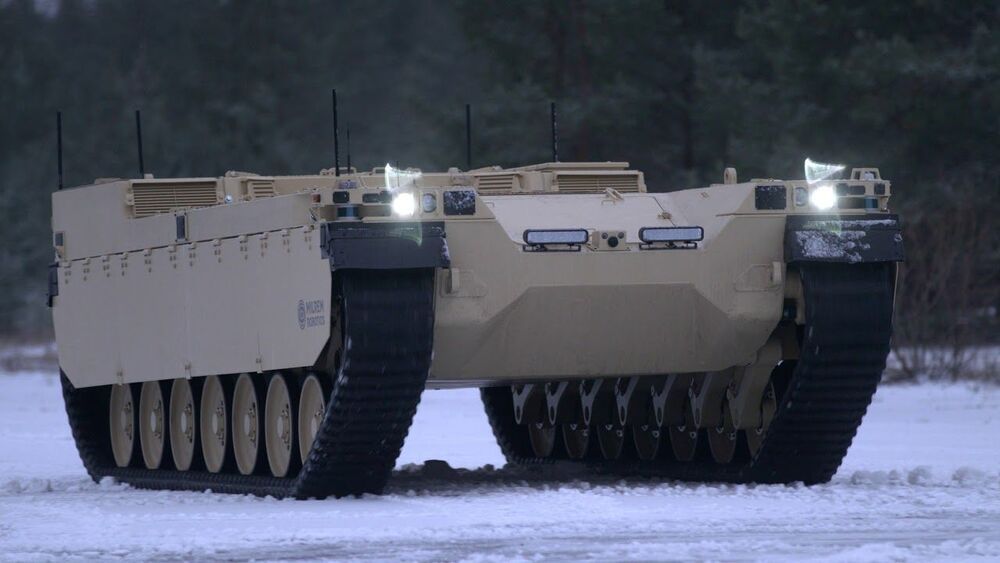The SonoMask displayed an ability to neutralize the novel coronavirus at an effectiveness of 99.34% within trials performed by the ATCCR Testing laboratory in China, Ramat Gan-based Israeli fabric maker and developer Sonovia announced on Saturday. Sonovia’s reusable anti-viral masks are coated in zinc oxide nanoparticles that destroy bacteria, fungi and viruses, which it says can help stop the spread of the coronavirus. Results from the most recent round of testing showed that the mask has the ability to neutralize fallen traces of SARS-COV-2 within 30 minutes after making contact with the fabric. The SonoMask was also proven to maintain its protective properties throughout 55 wash cycles.” Following this outstanding result – the product of several months of dedicated anti-viral sonochemistry formulation – we can now assure the public that our SonoMask is working continuously, permanently and rapidly to neutralize the spread of COVID-19,” said Sonovia CEO Joshua Hershcovici. “We are proud of our latest accomplishment that will help people feel safe and protect their loved ones, all the while remaining the most ecologically sound option upon the PPE market.” Sonovia also participated in trials with Adler Plastic in Italy earlier this year, working toward creating a solution for carpets and other types of fabrics. The company boasted a 99.999% efficiency rate against bacteria during the pilot testing round. Furthermore, the Israeli fabric maker has attracted the cooperation of top brands such as Gucci, Chanel and Adidas, working on the Fashion for Good Plug and Play accelerator project – and earning a $250000 investment for their innovation.” We see our breakthrough technology transforming our everyday life, implemented in all textiles surrounding us: from the clothes we wear, to the textiles in our home, the textiles in our public spaces, in public transportation and of course as a protective measure in the workplaces & medical institutes – in a manner that ensures safer surroundings during these unusual times,” said Sonovia’s Chief Technology Officer Liat Goldhammer.










